Multilingual Kanji Learning App “TUFS Multiling” – Interview with Associate Professor Yoshimi KOJIMA
TUFS Featured
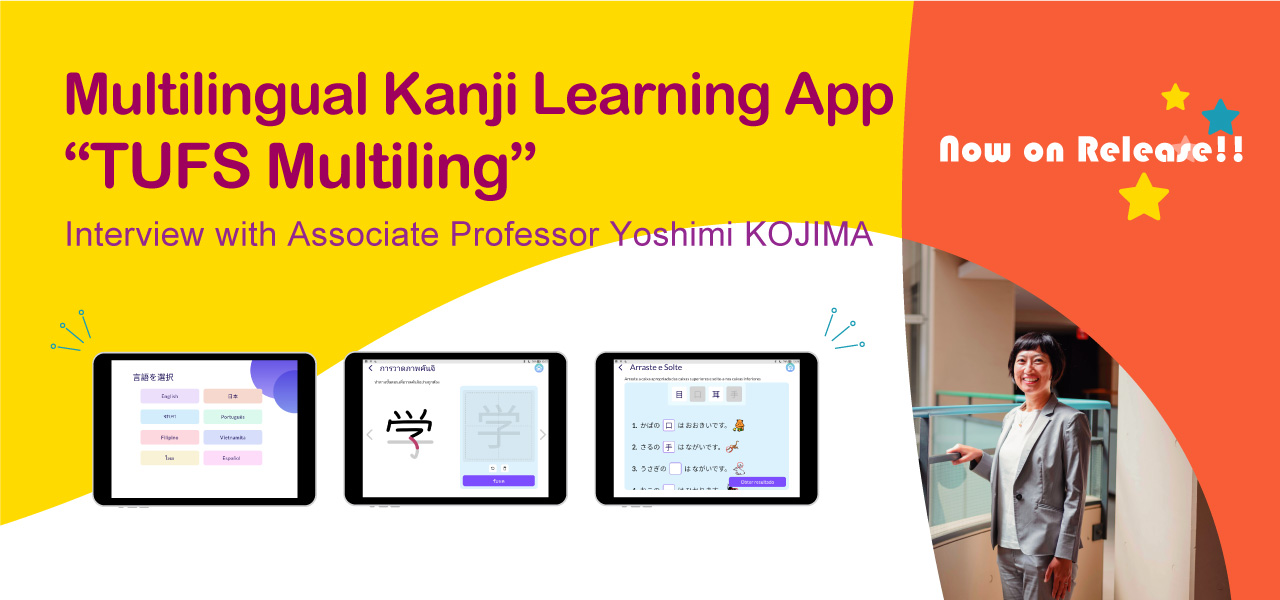
The number of students requiring Japanese-language instruction at public elementary, junior high, and senior high schools has been increasing year by year. According to the “Survey on Acceptance of Students Requiring Japanese-Language Instruction (FY2021)” released by the Ministry of Education, Culture, Sports, Science and Technology (MEXT) on October 18, 2022, there were 58,307 such students (as of May 1, 2021, up 14% from the previous year). These children are engaged in daily study while struggling to understand and master the Japanese language, and there is also concern that the recent Covid-19 pandemic has greatly restricted the opportunities for all children to learn.
In collaboration with the University of Electro-Communications, TUFS has now developed “TUFS Multiling,” a multilingual kanji learning app for children and others in need of Japanese language instruction (released on March 11, 2023 for Android, with an iOS version coming soon).
In this issue of TUFS Today, we interview Associate Professor Yoshimi KOJIMA, who was involved in the development of “TUFS Multiling.”
Pandemic triggered the development of the application
—TUFS has been creating teaching materials that take advantage of the characteristics of multilingual education to help children who need Japanese language instruction, and has been making them available free of charge on its website.
These teaching materials are based on the Portuguese version created through “Development of Teaching Materials for Brazilian Children Living in Japan,” a joint project with Mitsui & Co., Ltd. from 2006 to 2008, and have since been further developed with explanations in Tagalog (Filipino), Spanish, Vietnamese, and Thai, which account for a large proportion of the foreign languages spoken in Japan, as well as easy-to-understand Japanese. These materials have been downloaded an average of 10,000 times per month. I was involved in the support activities to print and provide these PDF materials to children, so I know how easy they are to use.
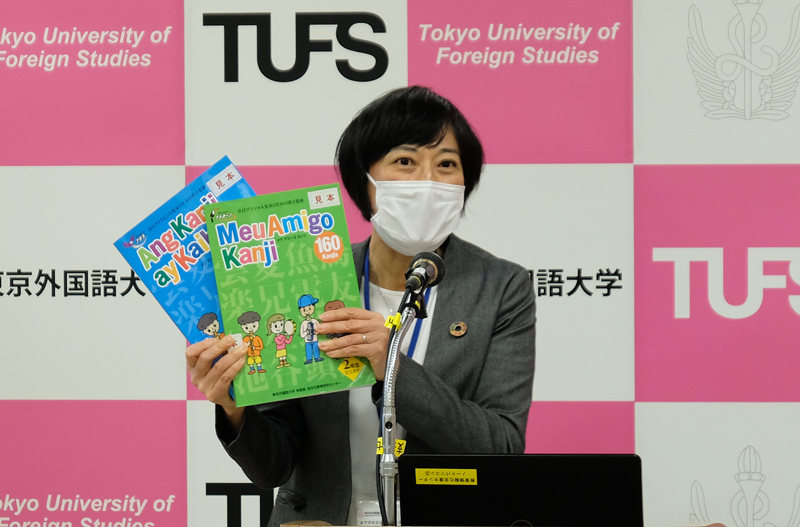
—I understand that you have developed a kanji learning app. What made you decide to develop a app for learning?
The reason for the development of a learning app was the loss of learning opportunities for children due to the recent pandemic. With MEXT’s GIGA (Global and Innovation Gateway for All) School Initiative and other DX initiatives underway, we decided to go paperless, which we had been considering for some time, as well as to optimize our programs for tablets, smartphones, and other devices.
—Your original PDF materials include mathematics and other subjects. Why did you choose to develop a kanji learning app?
There is a greater need for kanji learning materials than for math materials. This is because there is no language barrier in understanding math concepts.
Kanji learning is an inevitable part of Japanese language acquisition. Therefore, out of the kanji and math materials provided by grade level, we first worked on the more difficult kanji, developing a kanji app for those who want to learn basic kanji.
Creating an app that makes learning fun and enjoyable
—What were some of the things you focused on when developing the app?
While the content is based on the existing materials, we have made some innovations in the learning methods and user-friendliness of the app. We wanted to enhance the appeal of the app as a teaching tool and encourage as many people as possible to continue learning.
First, we touched up the illustrations, which were originally intended for lower elementary school students, so that they would make the learning materials appealing not only for junior high and high school students, but also for adults. In addition, there are many children who can speak in their native language but have difficulty reading and writing. To enable such children to learn Japanese while also learning their native language, we have made it possible to display multiple languages together. We hope that this will encourage parents and children to study together at home using the same materials.
We also made sure that not only children with foreign connections but also children whose native language is Japanese can use the materials. We hoped that by having the children experience other languages spoken by their friends sitting next to them, they would learn about the richness of the world’s languages.
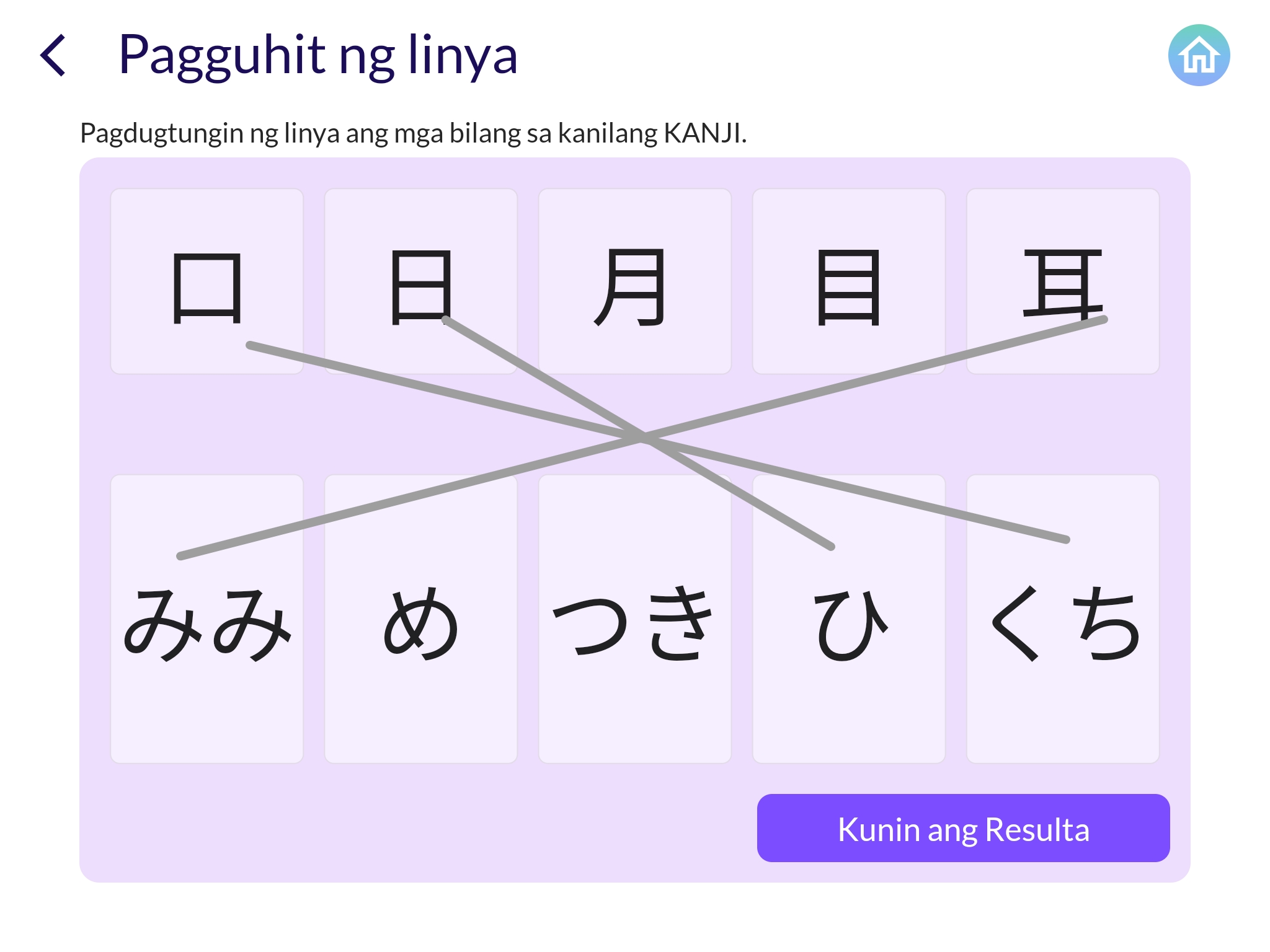
—What, for example, are some of your innovations?
Functions linked to drawing, such as for learning stroke order and looking up the reading and meaning of a kanji based on its shape, are unique to the application. We also added sound effects to the drill-type questions so that users can proceed as if they were taking a quiz. Since the readings of kanji are complex, you can listen to Japanese audio, as well as make use of a recording function so that you can listen to your own voice or the instructor’s voice as many times as you like.
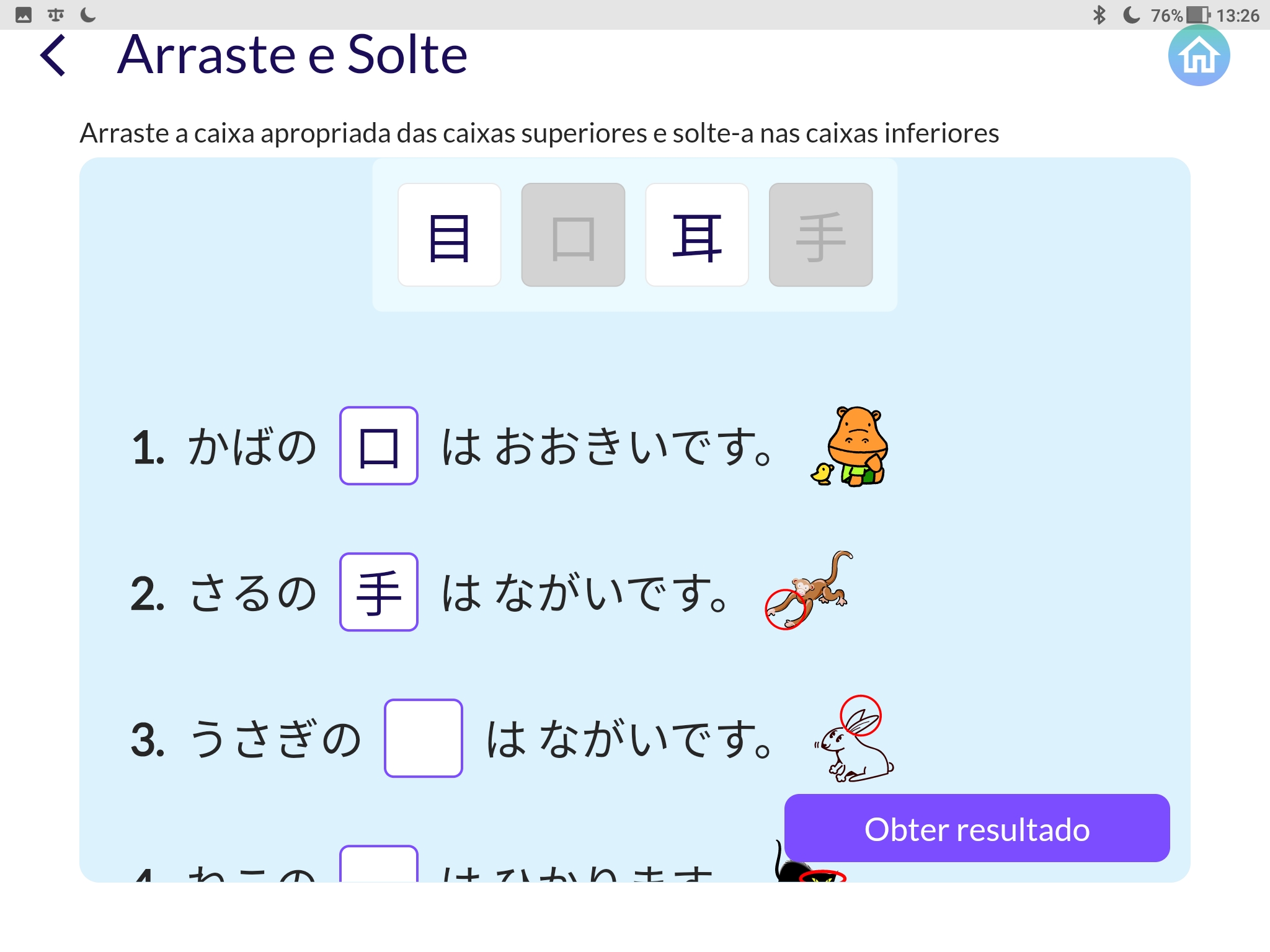
A collaborative development between potential users and the university
—What have you focused on in terms of functionality and usability?
We asked many potential users, such as at schools and in NPOs, to serve as monitors. Once a trial version was developed, we had them try it out, listened to their opinions, and provided feedback to the development team, repeating the cycle over and over to perfect the app.
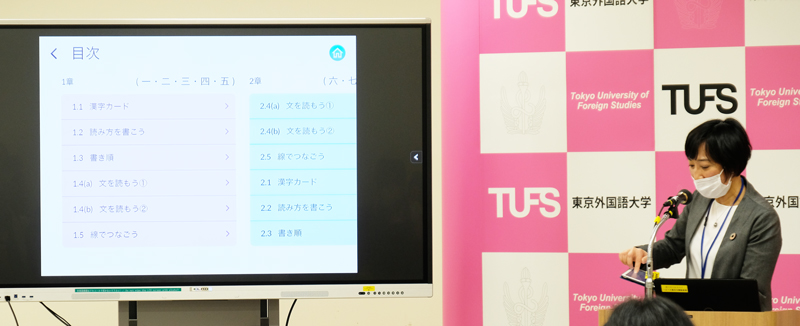
—How did you go about developing the app?
The development of the app required technology in the fields of science and engineering, so we asked the University of Electro-Communications, with whom we collaborate in education and research, to assist us. The dedicated app was developed by CodeNext Corporation, a venture company originating from the University of Electro-Communications. The company’s president, Khan Md Mahfuzus Salam, is a former international student from Bangladesh who received his doctorate from the University of Electro-Communications. English and Bengali versions were added at his suggestion.
—Was it difficult to create and produce learning materials in eight languages?
The materials contain a huge number of items, and we had to reproduce them all in eight languages. No matter how careful we were, minor problems kept popping up. Furthermore, it often happens that the operation or display differs depending on the OS, screen size, and other factors. Finding and correcting such mistakes, or debugging, is a very time-consuming task, and the staff of the Public Relations Division and the Center for Intercultural Studies have helped us a lot in this regard. This kanji learning app was only possible because we had the cooperation of the teaching staff, partner universities, and university staff in charge of social cooperation.
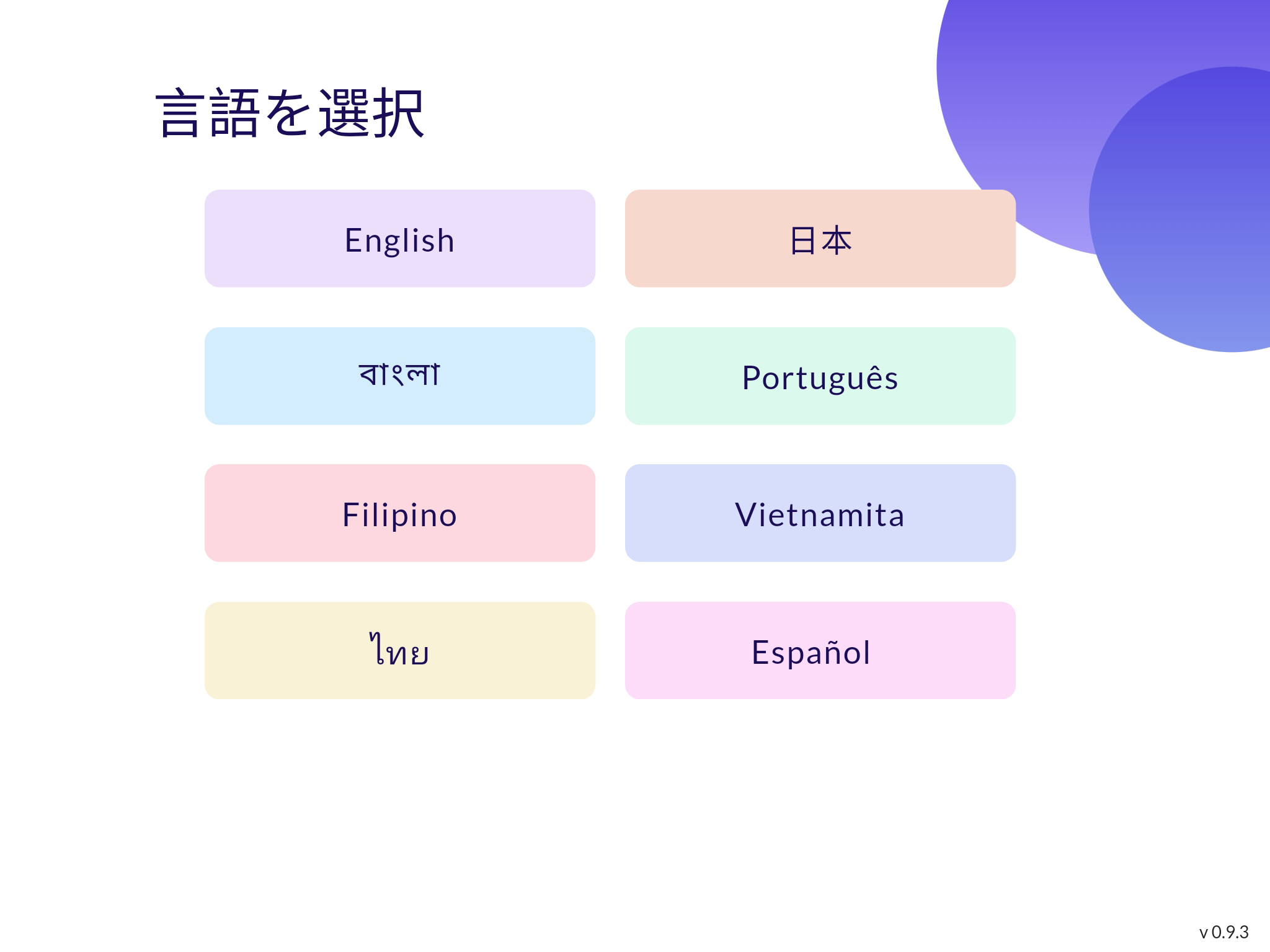
Applying experience in the field
—You had help from a lot of people. Why did you wish to create this learning app?
My desire to create this app is based on my own experience of working with children from other countries in many different settings.
When I was an elementary school teacher nearly 30 years ago, I met a number of Indochina refugee children. The shock of learning that these children were not connected to Japanese society changed my life. I went back to study at university once again and became involved in volunteer activities in Kobe after the Great Hanshin-Awaji Earthquake, which made me aware of the challenges facing Japanese society. In particular, the shock of encountering foreign-born children who were unable to attend school instilled in me a sense of mission. These children have been treated as “invisible” children by society because they are outside the scope of compulsory education. I thought it was essential to make them visible, and this realization pushed me to the next stage of my career, where I began research on solving social issues.
Even now, I continue to work as a volunteer while conducting education and research activities at the university. I would like to develop this Kanji app together with its users to make it even better.
Features of this app
- This app supports 8 languages: Portuguese, Filipino, Spanish, Vietnamese, English, Bengali, Thai, and easy Japanese.
- It also features functions linked to drawing for learning stroke order and the reading and meaning of each character based on its shape.
- Drill-type questions with sound effects make the lessons feel like a quiz.
- Audio is provided so you can listen to the readings of the kanji characters.
- A recording function is also provided so that you can listen to your own voice or the instructor’s voice as many times as you like.
Download
Related Links
- TUFS Today特集:「外国につながる子どもたちの不就学ゼロをめざして」小島祥美准教授インタビュー
- Researcher Info on Associate Professor Yoshimi KOJIMA
- Educational Materials for Children with Non-Japanese Ethnicity
- Center for Intercultural Studies web site
Inquiries
Center for Intercultural Studies
TEL:042-330-5908
Email:tm8[at]tufs.ac.jp(change [at] to @)

